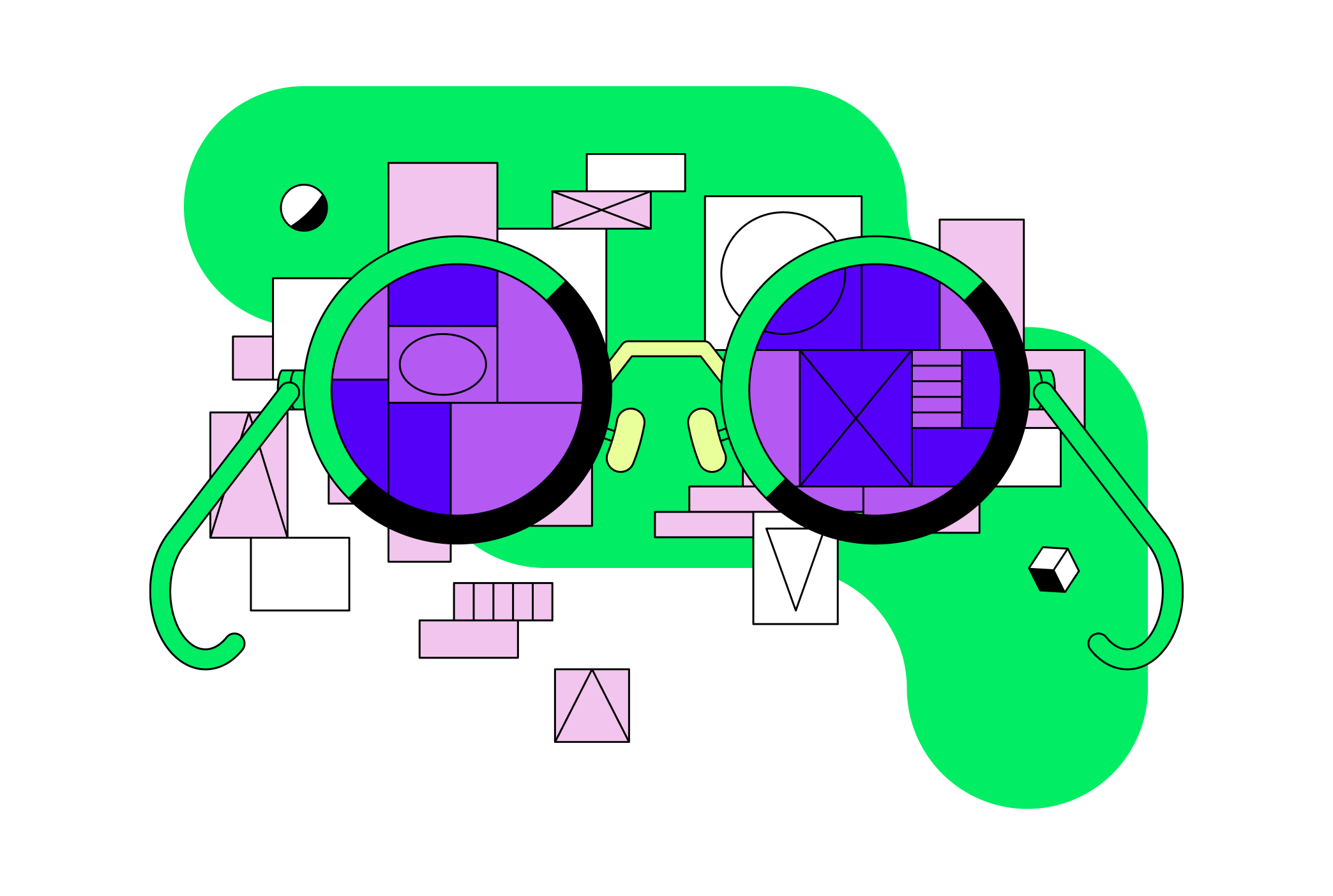Built With MongoDB: Buzzy Makes AI Application Development More Accessible
AI adoption rates are sky-high and showing no signs of slowing down. One of the driving forces behind this explosive growth is the increasing popularity of low- and no-code development tools that make this transformative technology more accessible to tech novices. Buzzy, an AI-powered no-code platform that aims to revolutionize how applications are created, is one such company. Buzzy enables anyone to transform an idea into a fully functional, scalable web or mobile application in minutes.
Buzzy developers use the platform for a wide range of use cases, from a stock portfolio tracker to an AI t-shirt store. The only way the platform could support such diverse applications is by being built upon a uniquely versatile data architecture. So it’s no surprise that the company chose MongoDB Atlas as its underlying database.

Check out our AI Learning Hub to learn more about building AI-powered apps with MongoDB.
Creating the buzz
Buzzy’s mission is simple but powerful: to democratize the creation of applications by making the process accessible to everyone, regardless of technical expertise.
Founder Adam Ginsburg—a self-described husband, father, surfer, geek, and serial entrepreneur—spent years building solutions for other businesses. After building and selling an application that eventually became the IBM Web Content Manager, he created a platform allowing anyone to build custom applications quickly and easily. Buzzy initially focused on white-label technology for B2B applications, which global vendors brought to market. Over time, the platform evolved into something much bigger.
The traditional method of developing software, as Ginsburg puts it, is dead. Ginsburg observed two major trends that contributed to this shift: the rise of artificial intelligence (AI) and the design-centric approach to product development exemplified by tools like Figma. Buzzy set out to address two major problems. First, traditional software development is often slow and costly. Small-to-medium-sized business (SMB) projects can take anywhere from $50,000 to $250,000 and nine months to complete. Due to these high costs and lengthy timelines, many projects either fail to start or run out of resources before they’re finished.
The second issue is that while AI has revolutionized many aspects of development, it isn’t a cure-all for generating vast amounts of code. Generating tens of thousands of lines of code using AI is not only unreliable but also lacks the security and robustness that enterprise applications demand. Additionally, the code generated by AI often can’t be maintained or supported effectively by IT teams. This is where Buzzy found a way to harness AI effectively, using it in a co-pilot mode to create maintainable, scalable applications.
Buzzy’s original vision was focused on improving communication and collaboration through custom applications. Over time, the platform’s mission shifted toward no-code development, recognizing that these custom apps were key drivers of collaboration and business effectiveness.

Initially, Buzzy's offerings were somewhat rudimentary, producing functional but unpolished B2B apps. However, the platform soon evolved. Instead of building their own user experience (UX) and user interface (UI) capabilities, Buzzy integrated with Figma, giving users access to the design-centric workflow they were already familiar with. The advent of large language models (LLMs) provided another boost to the platform, enabling Buzzy to accelerate AI-powered development.
What sets Buzzy apart is its unique approach to building applications. Unlike traditional development, where code and application logic are often intertwined, Buzzy separates the "app definition" from the "core code." This distinction allows for significant benefits, including scalability, maintainability, and better integration with AI. Instead of handing massive chunks of code to an AI system—which can result in errors and inefficiencies—Buzzy gives the AI a concise, consumable description of the application, making it easier to work with. Meanwhile, the core code, written and maintained by humans, remains robust, secure, and high-performing. This approach not only simplifies AI integration but also ensures that updates made to Buzzy’s core code benefit all customers simultaneously, an efficiency that few traditional development teams can achieve.
Flexible platform, fruitful partnership
The partnership between Buzzy and MongoDB has been crucial to Buzzy’s success. MongoDB’s Atlas developer data platform provides a scalable, cost-effective solution that supports Buzzy’s technical needs across various applications. One of the standout features of MongoDB Atlas is its flexibility and scalability, which allows Buzzy to customize schemas to suit the diverse range of applications the platform supports. Additionally, MongoDB’s support—particularly with new features like Atlas Vector Search—has allowed Buzzy to grow and adapt without complicating its architecture.
In terms of technology, Buzzy’s stack is built for flexibility and performance. The platform uses Kubernetes and Docker running on Node.js with MongoDB as the database. Native clients are powered by React Native, using SQLLite and Websockets for communication with the server. On the AI side, Buzzy leverages several models, with OpenAI as the primary engine for fine-tuning its AI capabilities.
Thanks to the MongoDB for Startups program, Buzzy has received critical support, including Atlas credits, consulting, and technical guidance, helping the startup continue to grow and scale. With the continued support of MongoDB and an innovative approach to no-code development, Buzzy is well-positioned to remain at the forefront of the AI-driven application development revolution.
A Buzzy future
Buzzy embodies the spirit of innovation in its own software development lifecycle (SDLC). The company is about to release two game-changing features that are going to take AI driven App development to the next level: Buzzy FlexiBuild, which will allow users to build more complex applications using just AI prompts, and Buzzy Automarkup, which will allow Figma users to easily mark up screens, views, lists, forms, and actions with AI in minutes.
Ready to start bringing your own app visions to life? Try Buzzy and start building your application in minutes for Free.
To learn more and get started with MongoDB Vector Search, visit our Vector Search Quick Start guide.